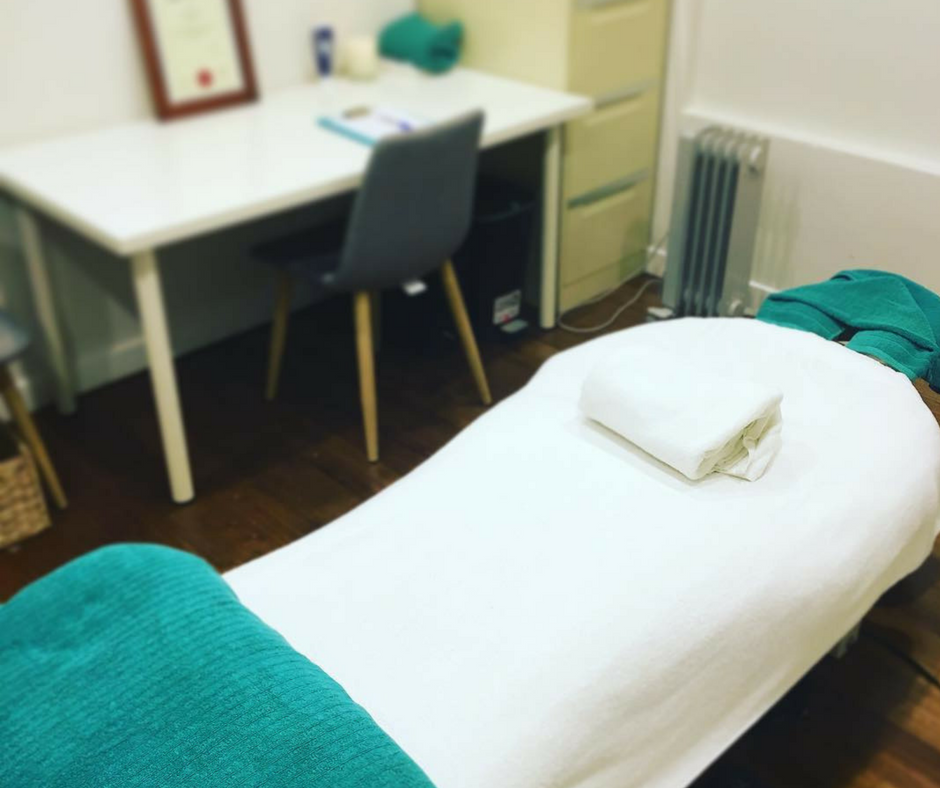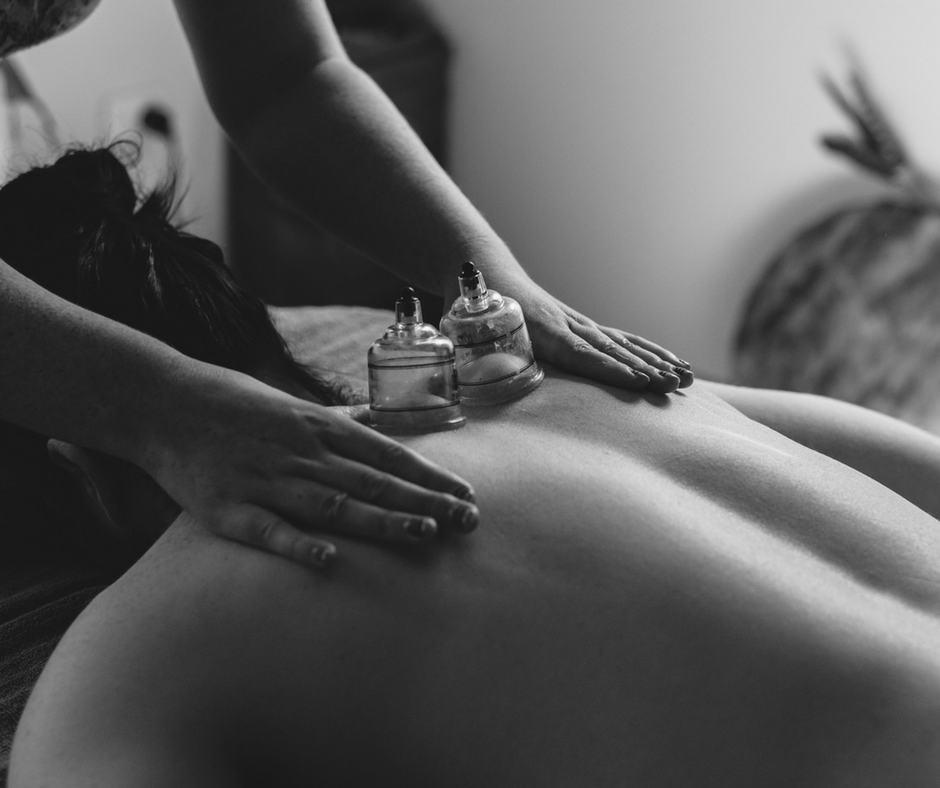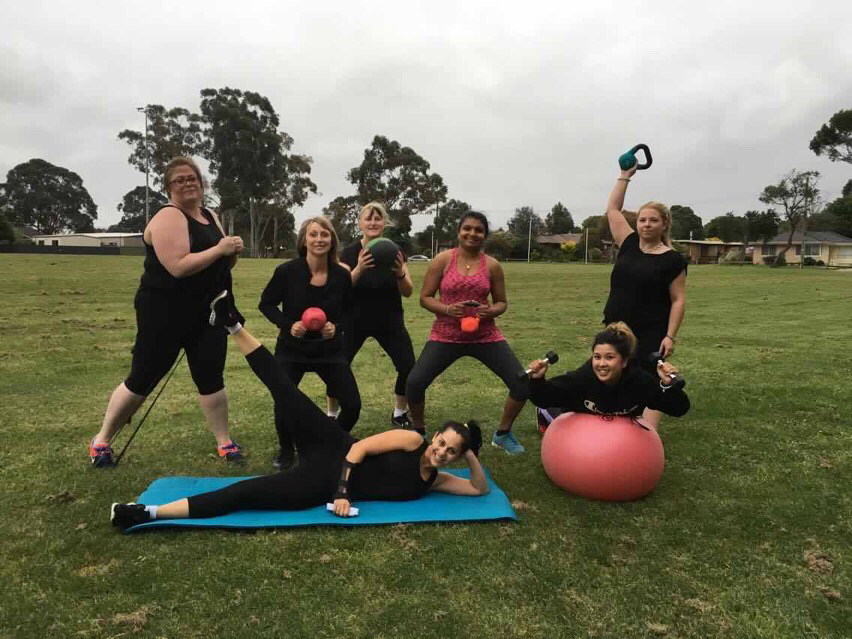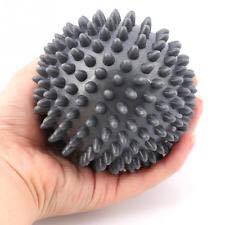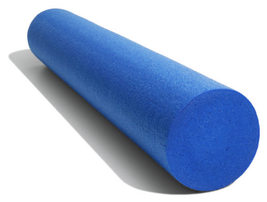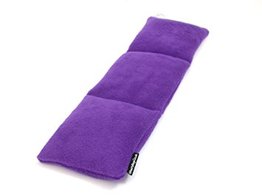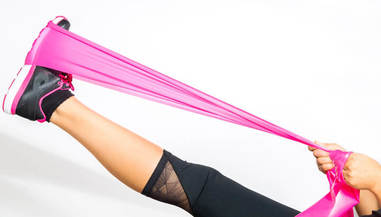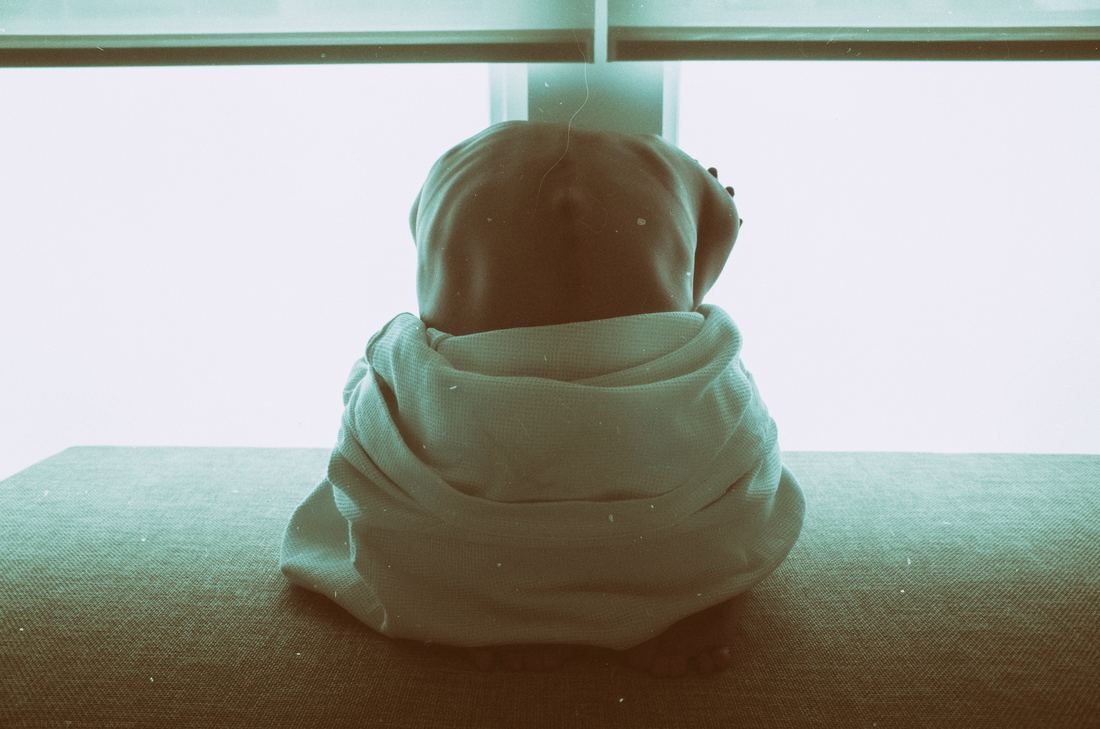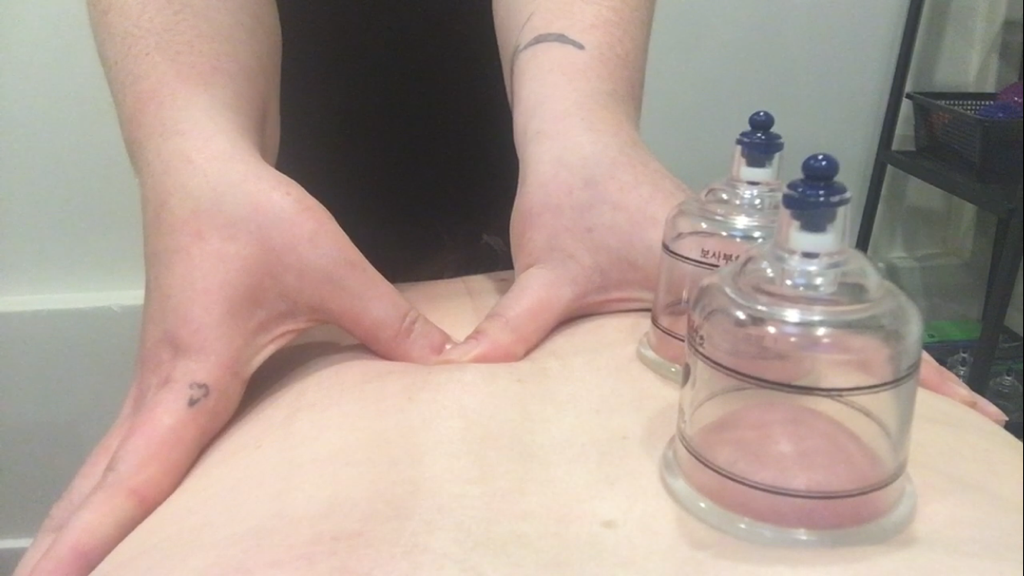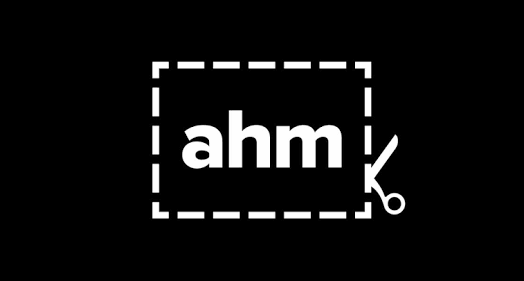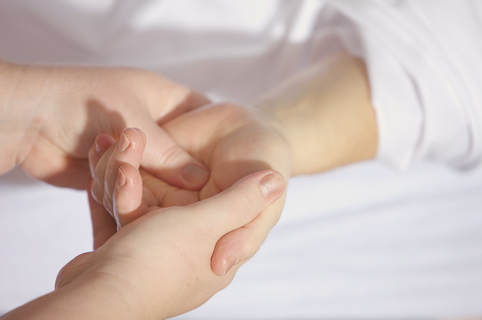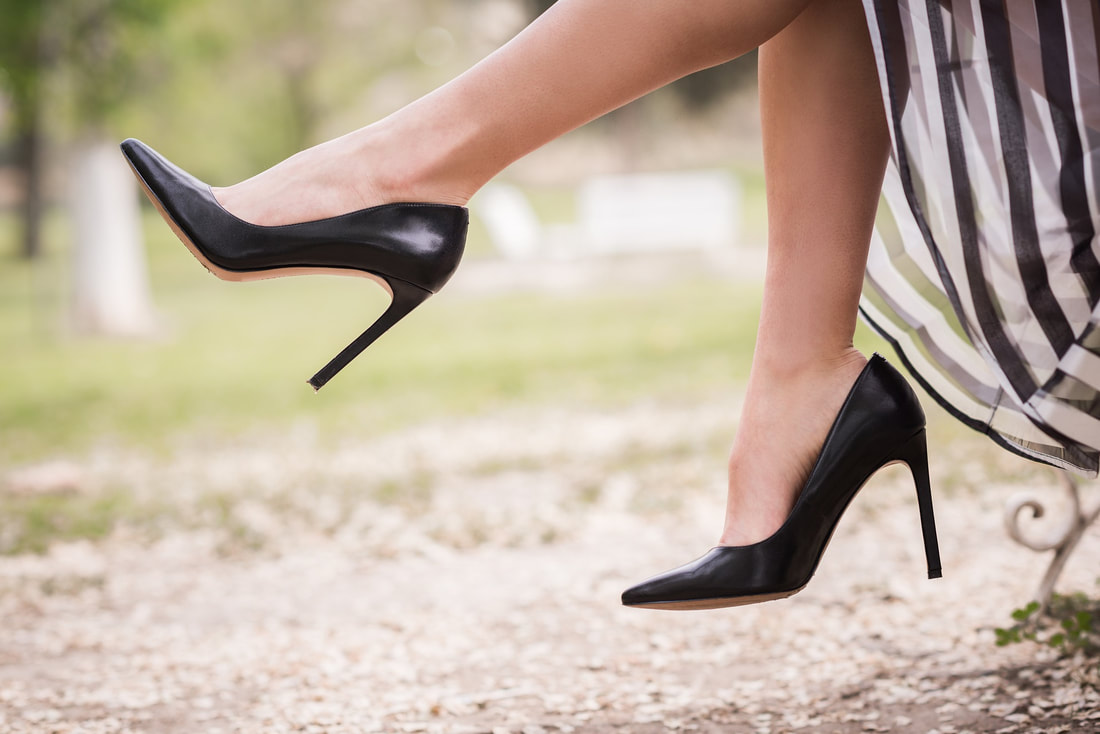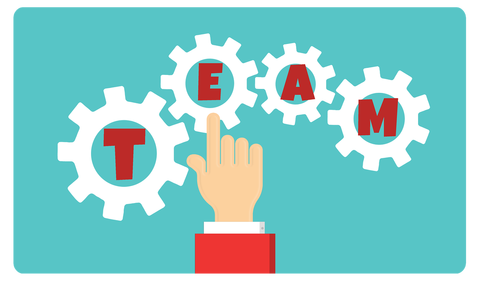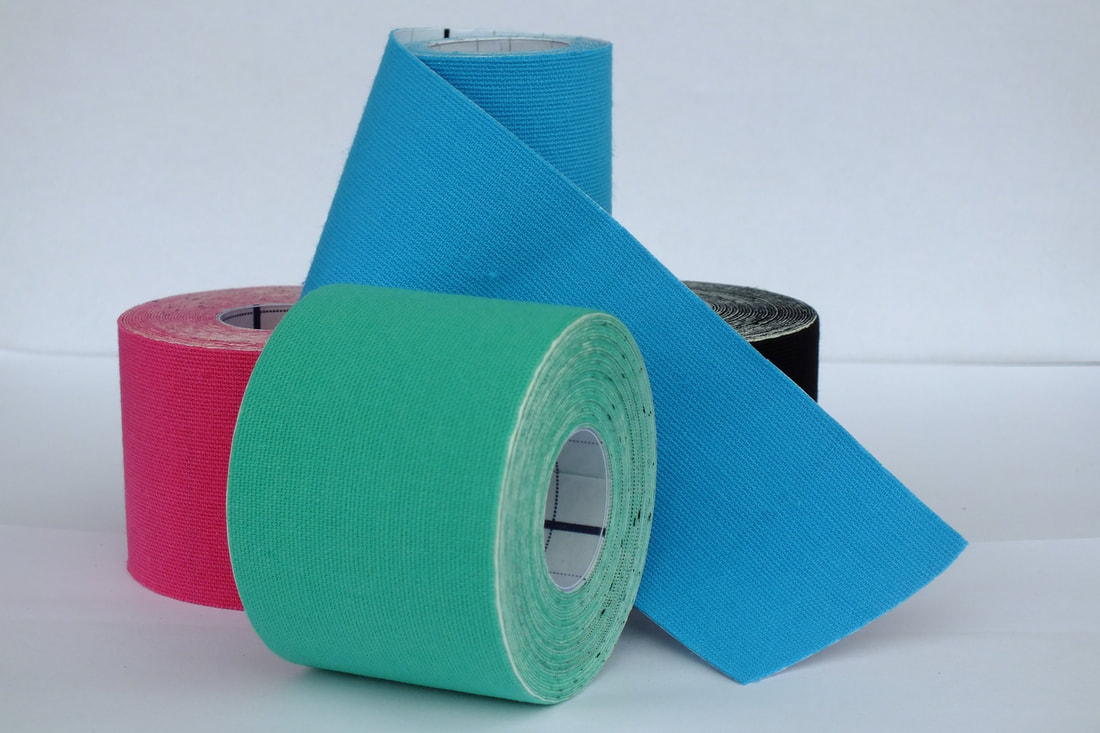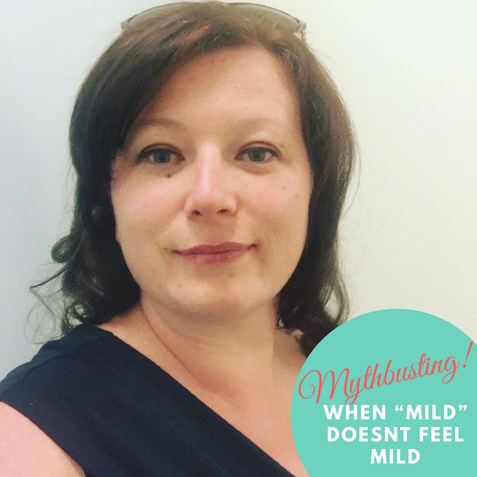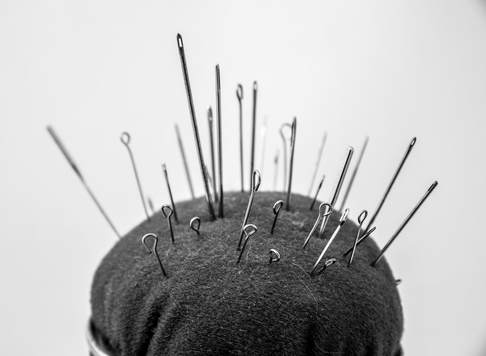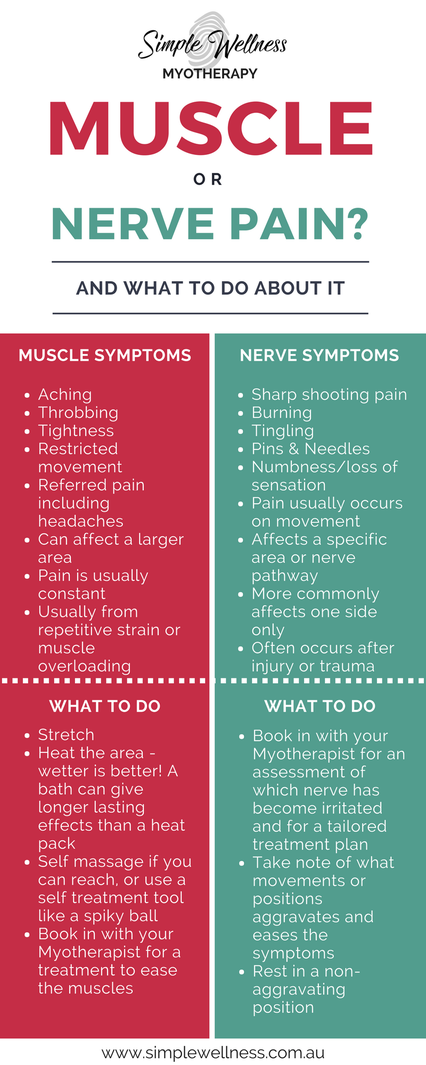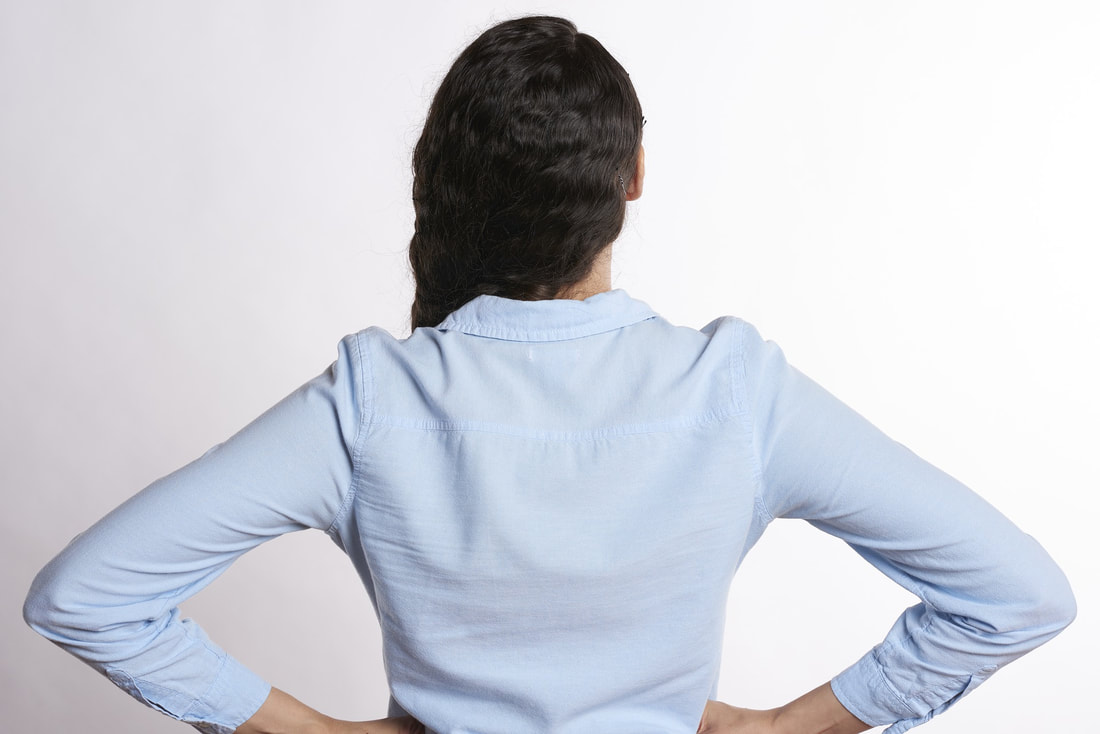Myotherapy Treatment Options Initial appointment The initial appointment is just what it sounds like! It's your introduction to the world of Simple Wellness Myotherapy, and myself of course.
If you've never visited me before, this is the treatment option for you. It's where we learn about each other, and how we can best work together.
For more information, have a quick look at what to expect in your appointment.
Length: 60 minutes, including approximately 10-15 minutes discussion
Best for: Everyone who is new to Simple Wellness Myotherapy!
Standard follow-up appointment A standard follow-up may be a standard length, but you'll still be getting outstanding care! Most people will suit a standard follow-up appointment.
This myotherapy treatment option gives us a few minutes to discuss how you've been since your last treatment. Then, it's diving straight into some hands-on treatment.
Length: 50 minutes, including approximately 5 minutes discussion
Best for: Someone who would like ongoing care, and felt like their initial treatment was the right length for them.
Short follow-up appointment There's nothing quite like a quickie – appointment that is. Sometimes, you just don't have the time to fit a full follow-up into the schedule. And that's ok – you can still get a quality session in. We'll have a quick chat to see where you're at, and then get down to treatment time.
Some people use short follow-up appointments for small, acute injuries. Others only have 30 minutes before they have to go and pick the kids up or head back to work. If that's you, the short length is ideal for your needs.
Length: 30 minutes, including approximately 5 minutes discussion
Best for: Someone who is short on time, or who has one specific area they want focused on.
Long follow-up appointment Ready to really work out those kinks and get your body feeling better? The long follow-up might be just what you need.
We'll have a short discussion to decide where to focus. Then you'll be on the table for at least an hour of personalised treatment. Doesn't that sound like heaven?
This myotherapy treatment gives you plenty of time on the table, so I can work on multiple muscle groups. It's also a great choice for relieving stress and taking some quality time out for yourself.
Length: 80 minutes, including approximately 5-10 minutes discussion
Best for: Anyone with multiple areas of concern, or who are wanting a longer treatment time. People with complex medical issues or conditions may also like to book a longer appointment.
Taping only follow-up appointmentKinesiotaping is a great pain reliever that lasts long after you’ve finished your appointment.
Its also a great way of extending the time between treatments, while providing a bit of extra support for sensitive joints.
This treatment is an assessment and taping only session.
Length: 10 minutes, approximately
Best for: Anyone with joint pain or instability. Athletes and sportspeople who need some extra support before an event.
Which myotherapy treatment option is best for you?It really depends on your personal needs. If you're still not sure which appointment will suit you, send me a
message and we'll discuss your options further.
Ready to book in your next myotherapy treatment?Pop on over to the treatments & bookings page to
book yourself in for an appointment.


